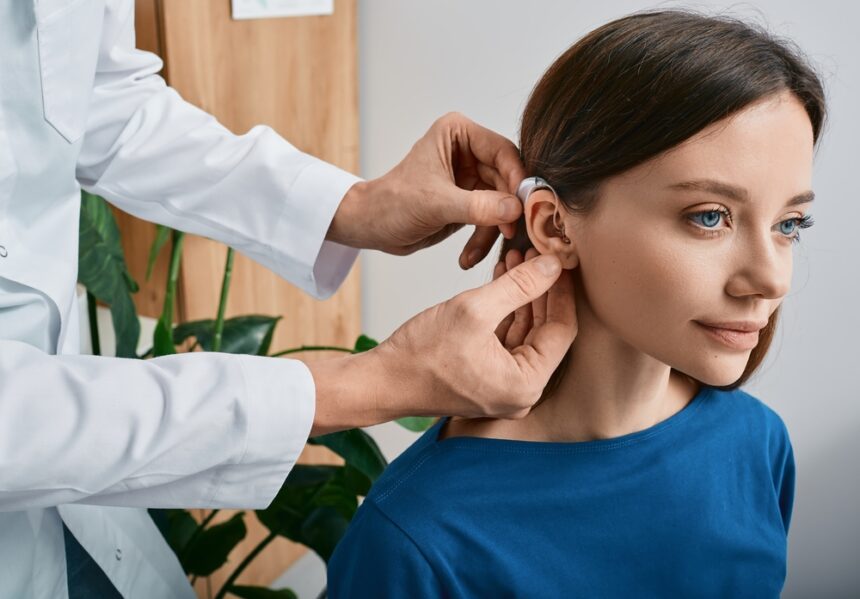Around 29 million people in the United States could benefit from using hearing aids. However, they were not always as useful as they are today.
Brief History of Hearing Aids
We have talked about some important things that people need to know about hearing aids. However, we haven’t gone into detail about the history of hearing aids in the past.
Hearing aids have come a long way since their early beginnings. The first hearing aids were developed in 1898, but it wasn’t until the 1950s that hearing aids could be worn entirely in the ear. More recent hearing aids use digital technology to offer a better experience and make hearing much easier.
Ear trumpets were the first devices used to help amplify sound for those with hearing difficulties. These trumpet-shaped devices were designed to direct sound waves into the ear canal, making them louder and clearer. Ear trumpets were made of materials such as animal horns, shells, and even copper, and were commonly used from the 17th to the 19th century. Despite their rudimentary design, they were a significant advancement in hearing technology at the time.
From the first ear trumpets made of animal horns to the modern digital devices that we see today such as Jabra Enhance Plus that use sophisticated algorithms to enhance sound quality, the evolution of hearing aids has been a remarkable journey.
In the early 20th century, the first electric hearing aids were developed. These devices used batteries to power small amplifiers that could be worn in the ear or on the body. This was a significant improvement over ear trumpets, as they could amplify sound without requiring the user to hold a bulky device to their ear. However, they were still relatively large and cumbersome compared to their modern counterparts.
The first transistor hearing aids were introduced in the 1950s. These were smaller, lighter, and more efficient than their predecessors. They were also more reliable and could be adjusted to suit the user’s individual hearing needs. The introduction of transistors marked a major turning point in the evolution of these hearing devices, paving the way for more compact and sophisticated versions.
In the 1980s, these devices began to incorporate digital signal processing technology. This allowed for greater control over the sound quality and the ability to reduce background noise. The digital versions also made it possible to program the device to suit the user’s individual hearing needs. This marked a significant leap forward in hearing aid technology, making them more effective and user-friendly.
Today, digital hearing aids are the most common type on the market. They use advanced algorithms to analyze and enhance sound quality, making it easier for users to hear speech and other sounds. Many modern hearing devices are also equipped with Bluetooth technology, allowing users to connect them to smartphones, televisions, and other devices.
In recent years, technology has continued to advance. Artificial intelligence and machine learning algorithms are being incorporated into these devices, making them more intelligent and responsive to the user’s environment. This includes the ability to adjust to different listening environments automatically, making it easier for users to hear in noisy or crowded settings.
The Right Hearing Aid Can Make a Huge Difference
In conclusion, the evolution of hearing aids has been a remarkable journey. From the humble beginnings of ear trumpets to the modern versions that incorporate advanced technology, these devices have come a long way and can help many people with hearing loss. The ongoing advances in hearing technology hold great promise for the millions of people worldwide who rely on them to hear and communicate. As technology continues to evolve, we can expect even more exciting developments in the future of hearing aids.

